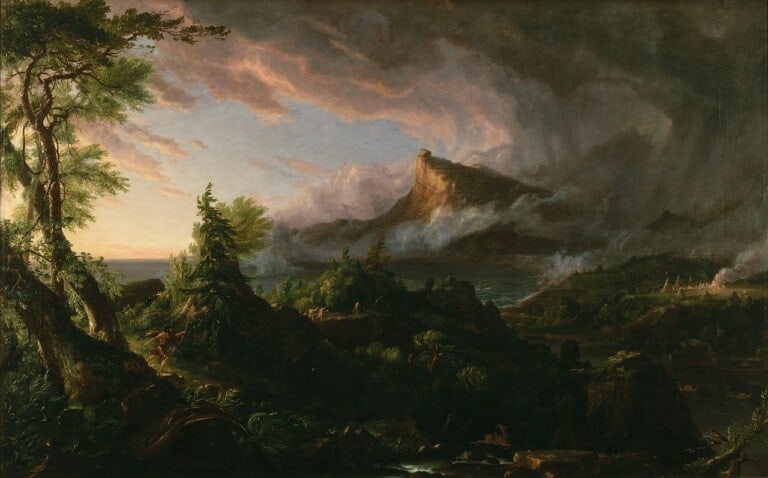Defining the (literary) self and the nation: representative figures
As an aesthetic phenomenon, Modernism refers to a period that ended in the late 1930s to early 1940s.
The term “modernism” was first used in Germany in the 1890s, the period in which Modernism is said to have appeared.
Unlike such terms as Romanticism or Classicism, Modernism does not refer to the qualities of works of art in a particular period: it is based on the idea that works of art represent a rupture, a break with the past.
Historians say that Modernism is the result of the general transformation of society caused by industrialism and technology during the 19th century.
It was in the big urban centres of Europe that the industrial innovations, the social tensions, and the economic problems of modernity were most intensely manifested.
Therefore, it was also in those cities that the first manifestations of modern art appeared.
During the two decades before World War I, the legitimacy and authority of public institutions were decreasing. Those public institutions were no longer universally accepted after World War I and this vacuum was filled by the arts.
Many artists believed it was now the function of art to define and orient the expectations of both the individual and the collectivity. This vision of the function of art reflects an entire moment in the history of Western societies, especially European societies.
Marked by the revolutionary effects of industrialism, this moment in history also reflected the collective belief that conventions and institutions were not eternal: like any social formation in a capitalistic system, those institutions were subject to perpetual change.
At the level of artistic production, this collective consciousness of permanent change found its most radical expression in subversive aesthetic practices.
For instance, in Dada, the creation of Tristan Tzara, expression seems to be based on radical rupture. The “raison d’être” of artistic production was to negate all social and aesthetic conventions. Every artistic work was supposed to be a new and marginal form of expression.
Moreover, every artistic attempt was a form of engagement with social and historical change.






